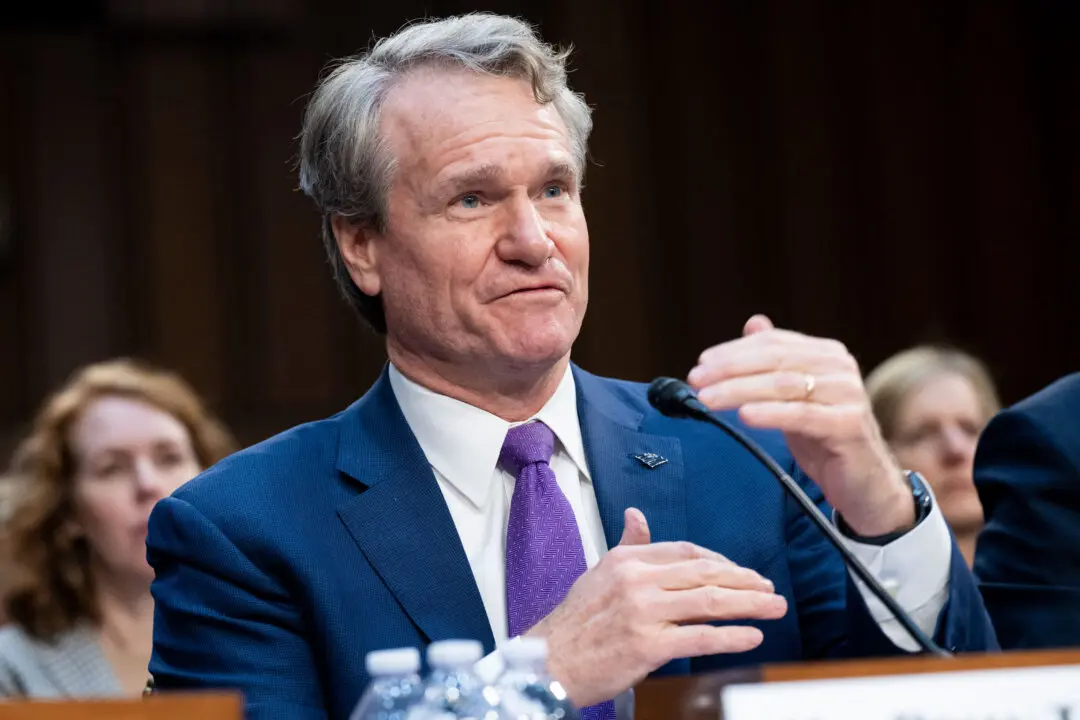Although U.S. employers added far more jobs in June than analysts expected and the unemployment rate remained at 3.6 percent, some experts say that a closer look at the data reveals that the metrics the Fed looks at to gauge whether inflation is slowing down have all deteriorated.
The closely-watched non-farm payrolls report, released on July 8 by the Bureau of Labor Statistics (BLS), showed that the U.S. economy added 372,000 jobs last month, well above the market estimate of 250,000.





